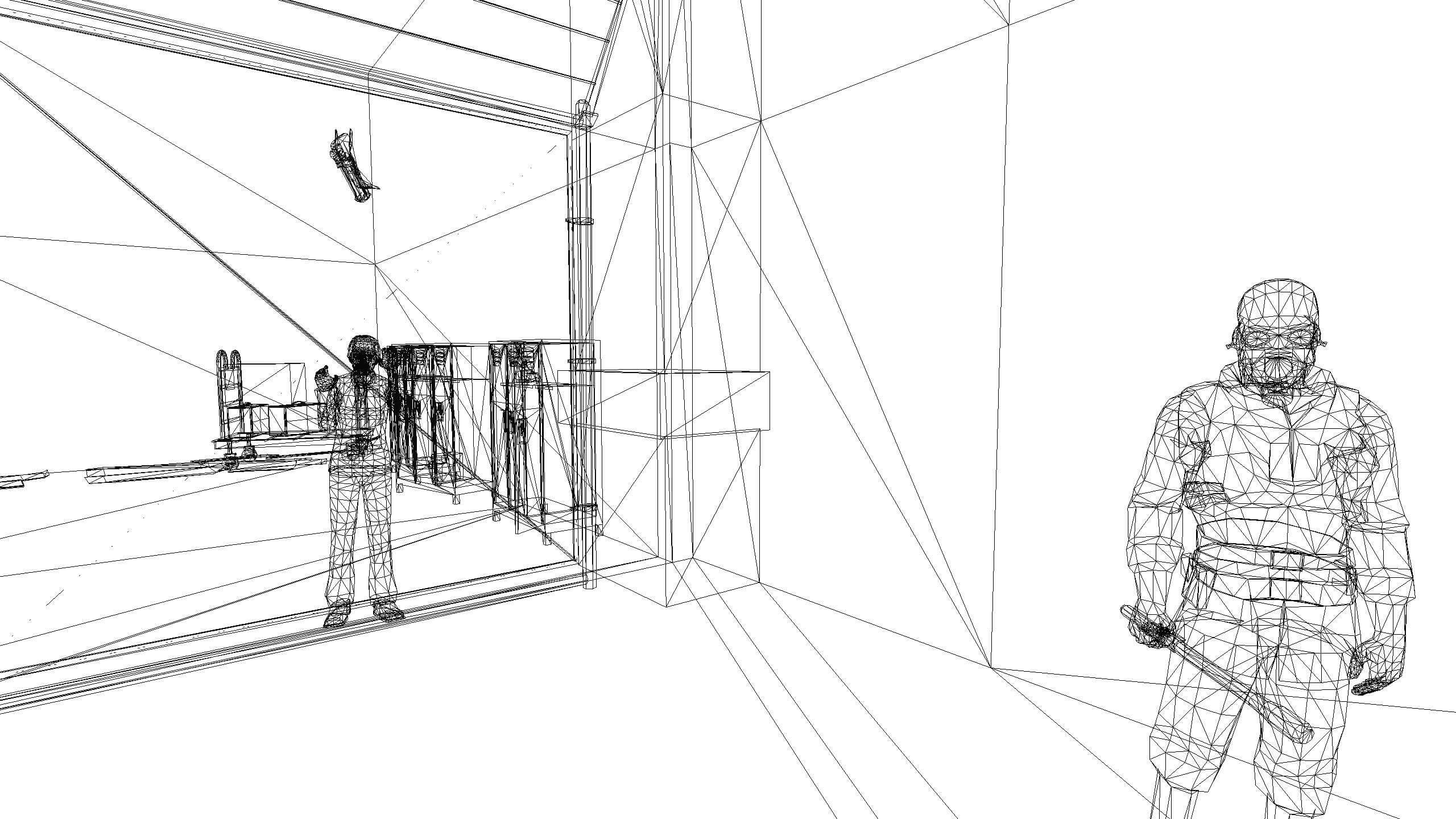In this first part of our deeper look at 3D game rendering, we'll be focusing entirely on the vertex stage of the process. This means dragging out our math textbooks, brushing up on a spot of linear algebra, matrices, and trigonometry – oh yeah!
We'll power through how 3D models are transformed and how light sources are accounted for. The differences between vertex and geometry shaders will be thoroughly explored, and you'll get to see where tessellation fits in. To help with the explanations, we'll use diagrams and code examples to demonstrate how the math and numbers are handled in a game. If you're not ready for all of this, don't worry – you can get started with our 3D Game Rendering 101. But once you're set, read on our for our first closer look at the world of 3D graphics.

The masthead image above shows GTA V in wireframe mode, compare that to the far less complex Half-Life 2 wireframe below. Courtesy thalixte via ReShade.

